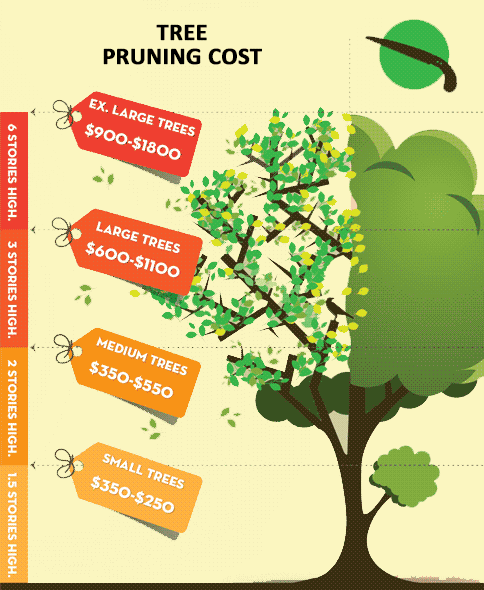Tree Removal Aftercare: Finest Practices For Landscape Healing
Tree Removal Aftercare: Finest Practices For Landscape Healing
Blog Article
Composed By-Berman McKinnon
After a tree's elimination, your landscape may look quite different, and it's necessary to assess the consequences carefully. You'll intend to evaluate the soil disruption and inspect surrounding plants for any kind of indicators of anxiety. Disregarding you can try here can cause larger issues down the line. So, what should you finish with those stumps and origins? And how do you pick the most effective plants for your revitalized room? Let's explore these vital steps.
Evaluating the After-effects: Evaluating Your Landscape
After a tree removal, it's crucial to assess your landscape to understand the influence it carries your yard.
Start by examining the location where the tree stood. Search for signs of soil disruption, and examine the surrounding plants for any type of stress and anxiety or damage.
You should additionally take note of exactly how the elimination has altered sunshine direct exposure and air movement in your yard. This change can influence the growth of nearby plants, so it's necessary to evaluate their health and wellness.
Consider the visual facets also; the removal could produce an open space that you can redesign.
Ultimately, think of any kind of prospective disintegration concerns that might occur from the tree's absence. Dealing with these aspects early will help bring back equilibrium to your landscape.
Managing Stumps and Roots: Choices for Removal
As soon as you've assessed the aftermath of the tree removal, you'll likely need to take on the stump and origins left.
You have a couple of options for removal. One effective approach is stump grinding, where a specialist utilizes an equipment to grind the stump to underground degree. This technique leaves minimal interruption to your landscape.
If you like a DIY technique, you can make use of a combination of excavating and chemical stump cleaners. Simply bear in mind, this process can take some time and initiative.
Additionally, consider leaving the stump as a natural function, which can act as an one-of-a-kind garden element or environment for wildlife.
Whatever you select, attending to the stump and origins is vital for recovering your landscape.
Selecting the Right Plants for Your New Room
As you assess your newly removed space, choosing the right plants can dramatically enhance your landscape's elegance and capability.
Beginning by taking into consideration the sunlight and dirt conditions. For bright locations, choose drought-resistant plants like lavender or succulents. In shaded places, ferns and hostas flourish well.
Think about the dimension and development habits of your plants; mix perennials and annuals for seasonal range. https://drive.google.com/file/d/1KZPAw7r0aNmuaFiJJDD9gmCTi_Tkpgkw/view?usp=share_link fail to remember to incorporate indigenous varieties; they require much less upkeep and assistance regional wildlife.
Team plants in weird numbers for a more natural look and create layers for visual depth.
Finally, ensure you have a mix of shades and structures to maintain your landscape vivid throughout the periods.
Satisfied growing!
Verdict
To conclude, recovering your landscape after tree elimination is a rewarding procedure. By evaluating the aftermath, resolving stumps and roots, and selecting the right plants, you'll develop a growing setting. Don't neglect to incorporate erosion control steps to shield your soil. With a little effort and care, you can change your area into a vivid yard that enhances your property. Accept the chance to revitalize your landscape and appreciate the charm of nature right in your yard!
